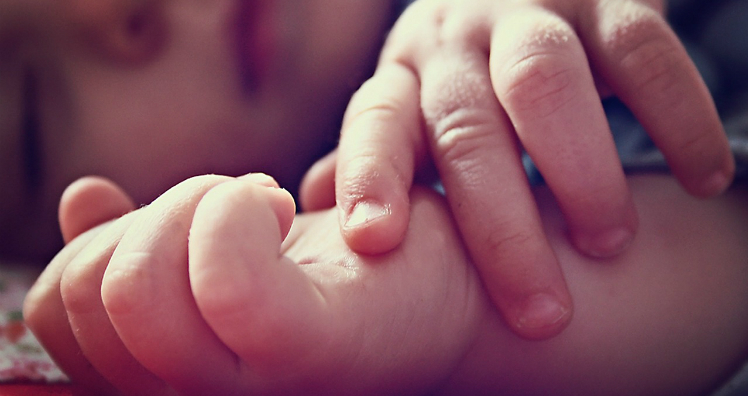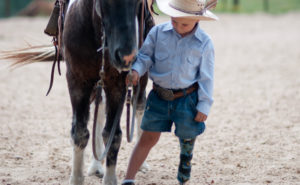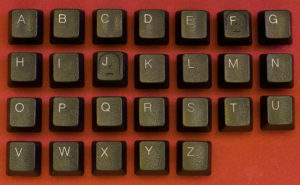Children with spinal muscular atrophy typically have problems with muscle strength and mobility. Pediatric orthotics can help these children move and perform different tasks.
Spinal muscular atrophy (SMA) affects roughly 1 in 6,000 births, making it a fairly common genetic disorder. A genetic mutation in the survival motor neuron gene causes this condition, which is characterized by weak or impaired voluntary muscle movement. When children are diagnosed with SMA, they often have difficulty completing the motor functions involved in crawling, sitting, and walking. In some cases, SMA causes trouble with swallowing and breathing. Since there is no cure for this condition, spinal muscular atrophy treatment focuses on using pediatric orthotics and other methods focus on helping children better manage their symptoms.
Types of Spinal Muscular Atrophy
The types of SMA that affect children are categorized based on identifying key physical abilities:
- Type I: Children with this type of spinal muscular atrophy, also known as Werdnig-Hoffmann Disease, typically show signs of between 3 and 6 months of age. They are unable to lift their heads or learn to crawl and sit up.
- Type II: Most children with this type of SMA are diagnosed between 7 and 18 months of age. They can sometimes remain sitting if someone places them in that position, but they are unable to sit up on their own. Some children are able to stand with supportive devices, but they have a higher risk of developing complications from respiratory infections. They might also be more prone to fractures due to reduced bone density.
- Type III: Children with Type III SMA, known as juvenile SMA or Kugelberg-Welander SMA, are usually diagnosed by the time they are three years old, although some can be as old as 18 before diagnosis. They are typically able to stand and walk on their own, although they might begin having trouble walking later on.
Challenges of Treating SMA
Because SMA currently has no cure, spinal muscular atrophy treatment focuses on offering children more support so they can gain the ability to move around better on their own. The exact treatment methods used varies from one case to the next, depending on the type of SMA, the severity of diagnosis, and the overall struggles of the child. In general, treatment can include pulmonary care to reduce respiratory problems and gastrointestinal care for children who have trouble swallowing and digesting.
Orthotic care is also an important part of treating SMA in order to deal with the problems caused by muscle weakness, such as:
- Scoliosis or other spinal deformities (contractures)
- Shortening of the muscles or joints
- Hip instability (subluxation)
Orthotic devices, such as orthotic braces and hip abduction splints, are sometimes used to help manage or prevent these problems by supporting muscle movement and stabilizing spinal vertabrae. They can provide children with improved mobility and muscle strength, which makes it easier for them to stand, sit, or walk on their own and perform daily activities. In difficult cases, surgery is also an option.
Pediatric Orthotic Options for Treating SMA
Using pediatric orthotics in SMA treatment helps children enjoy a better range of motion, which gives them more independence. The types of orthotics utilized vary from child to child, but some commonly used devices include:
- Ankle foot orthoses (AFOs). Along with knee-ankle-foot orthoses (KAFOs) and hip-ankle-knee-food orthoses (HKAFOs), AKOs help children maintain joint alignment when walking and standing.
- Knee splints. Splints offer improved flexibility in the hamstring area and lower the risk of instability during knee flexion.
- Spinal orthoses. Orthoses such as corset braces, TLSOs, and CTLSOs provide children with postural support to restrict unwanted movements and prevent deformities.
If your child needs spinal muscular atrophy treatment, contact Horton’s Orthotics and Prosthetics at 501-683-8889 to set up a consultation. We can provide your child with custom pediatric orthotic solutions to help manage their symptoms.
[maxbutton id=”9″]




Leave a Reply